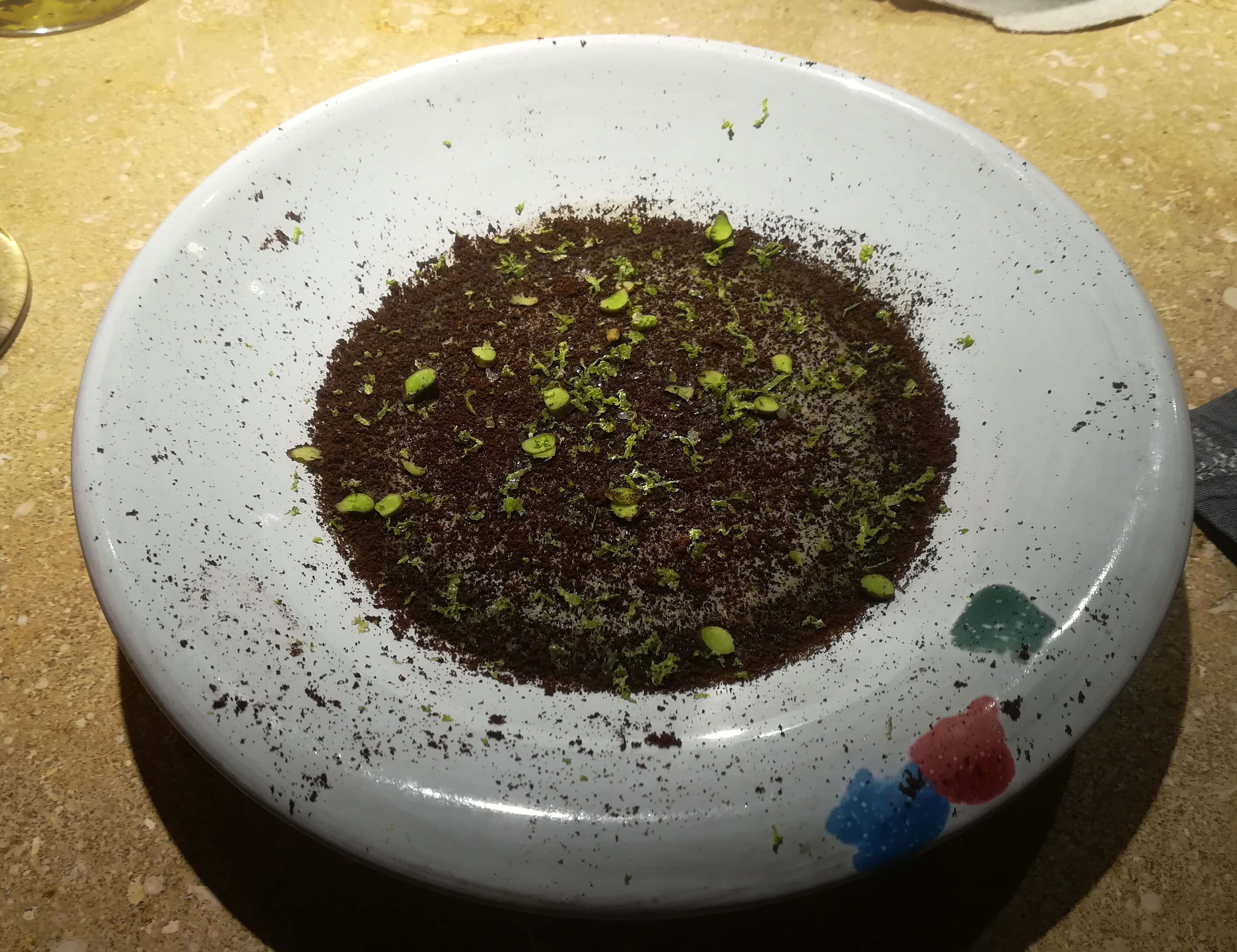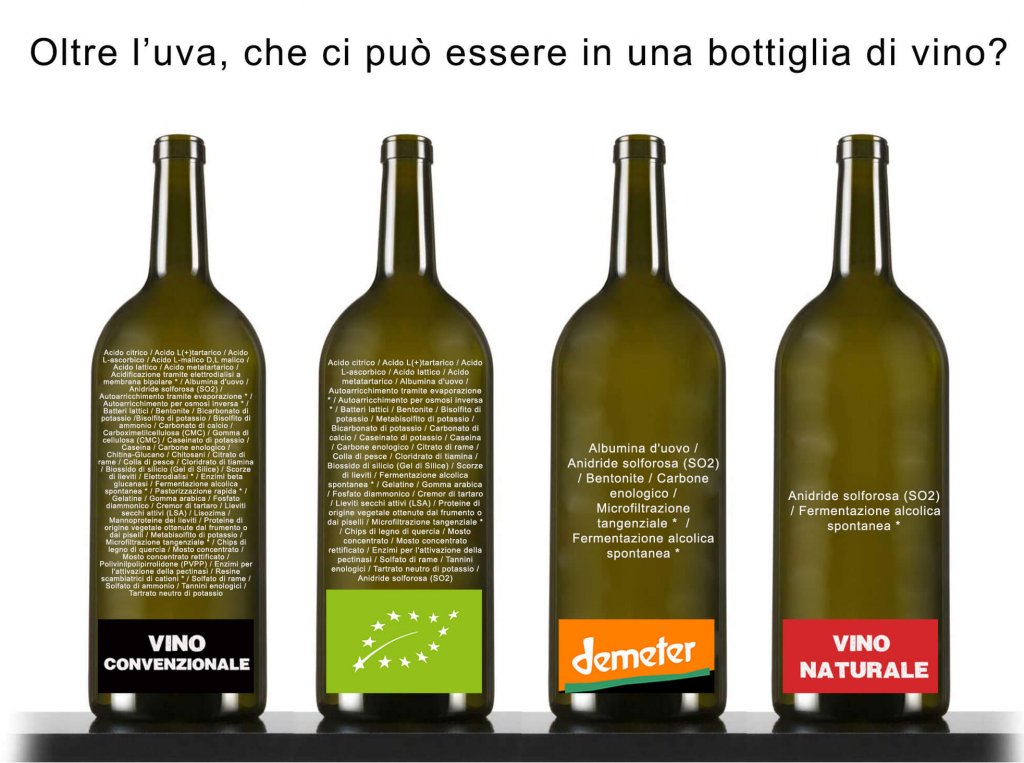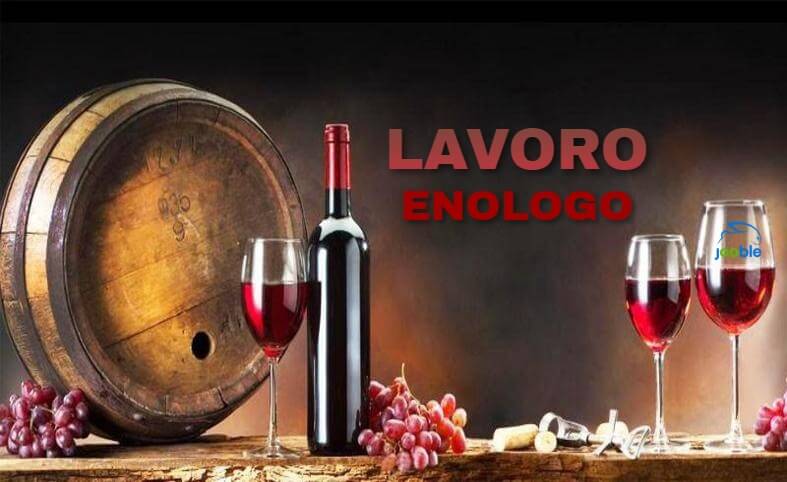Blog | 11 Febbraio 2018 | Fabio Ciarla

“Natural” wines explained through top cuisine
“I’ve eaten citric acid and survived. And it wasn’t in the wine, but on my plate!”
To explain “natural” wines to those who embrace it as a fad, I’d like to describe the following situation I found myself in just a few weeks ago: A top-ranked restaurant, with an ambitious and intriguing menu in its presentation and pairings, an interesting experience all the way through to dessert . . . and then came a magical touch, something I never could have imagined and that opened my eyes to the true meaning of “natural wine”.
The ingredients: a charcoal based cream, “polipodio” (a type of licorice), coffee in powder form, lime, grated lemon and . . . citric acid!
That’s right: the originality was in the citric acid, one of those “aids” that craft or natural producers who call themselves “cool” say they never use because their wine is made from grapes, only grapes (they’d like to have themed labels as well). In this case, as part of a €90 meal (wines excluded), citric acid was there, and not only does no one at the table say a word about it, they like it too. And this is how I explain “natural” wines. That’s my final word and the end of this post.
Fine, let’s go beyond these comments and instead motivate some personal ideas. Citric acid is a natural component of grapes (or lemon too) and it’s found, therefore, in wine as well. And yet there are those who would rather call it “kemistry in the kitchen”; something ugly and bad. In my case, as I always say, I grew up around citric and tartaric acid – not to mention potassium metabisulphite, copper and sulphur etc. – so it doesn’t scare me at all. To be honest, it wasn’t the first time I’d tried it, considering all the times I used it to remove the stains of red grapes from my hands after a day’s harvest.
The point, obviously, is not that it was on a plate in a top restaurant (whose name I won’t mention, not because the food wasn’t good – just the opposite in fact – but because it’s not central to my argument), but how viewpoints change on the basis of the context in which a topic is approached.
Comparing the labels of conventional and natural wines, citric acid is the first “ingredient” listed, among many others. And still, I don’t find the same severity applied in the kitchen as I do to wine; in the kitchen, the more chemistry and technology are present, the assumption goes, the more quality there is in the dishes. This seems to me a glaring contradiction that I’d like all recent sponsors of the “natural” craze to solve. Still, the problem for me with regard to natural wine is one alone: What is the official protocol and who certifies its application?
Sorry, but I’m ultra-rational about this, and if we deny the existence of rules that must be agreed upon and enforced (as exist for organic wine, thankfully), then anything goes, good or bad.
We should also consider economics, respect for those “insignificant” parameters of income and expenditure for a business (because a winery is also a business activity, not a non-profit organization) that may not avoid sacrificing a year’s worth of work during a bad year, unless people are fired or suppliers aren’t paid. The result, educating the loyal customer that “given the cold and rainy year, the wine presents some organoleptic defects, and that’s just how it should be consumed”, gives me the creeps . . .
Should I trust the producer? No, thanks. The history of Italian wine teaches us that that’s not enough.






 Ceres Anesidora I, il vino più iconico di Ômina Romana antesignano dei vini "Super Roman"
Ceres Anesidora I, il vino più iconico di Ômina Romana antesignano dei vini "Super Roman" VINO, SOSTENIBILITÀ: CREALIS LANCIA “SYMBIOSIS”, L’INNOVATIVO CAPSULONE DA SPUMANTE PAPER-BASED
VINO, SOSTENIBILITÀ: CREALIS LANCIA “SYMBIOSIS”, L’INNOVATIVO CAPSULONE DA SPUMANTE PAPER-BASED  La Sardegna di Vinodabere: 47 aziende ed oltre 200 vini a Roma il 18 e 19 gennaio per scoprire un vero e proprio piccolo continente
La Sardegna di Vinodabere: 47 aziende ed oltre 200 vini a Roma il 18 e 19 gennaio per scoprire un vero e proprio piccolo continente



[…] ENGLISH version […]